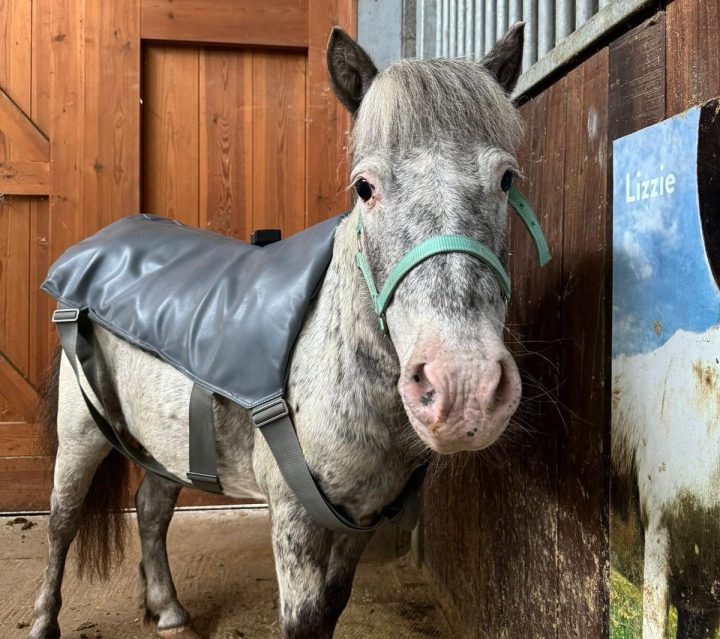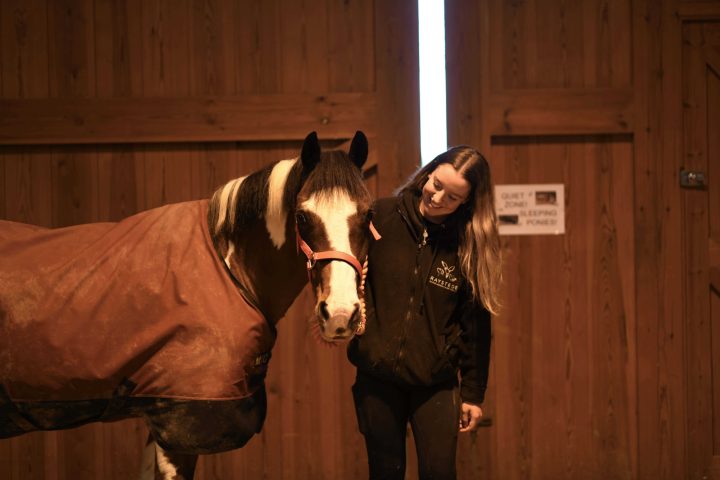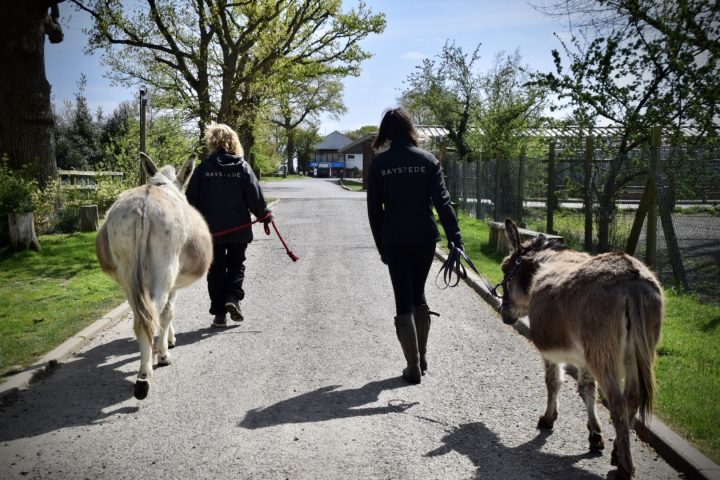What is laminitis?
Laminitis affects tissue known as sensitive laminae and these are found in the horse’s hoof. These sensitive laminae act like velcro and form a strong bond, supporting the pedal bone within the hoof.
When a horse gets laminitis, the blood flow to the laminae is affected and as a result causes inflammation to the tissues within the hoof, the laminae is stretched and weakened, and this is extremely painful for the horse.
In extreme cases the pedal bone can rotate and even drop through the sole of the hoof, this would be extremely painful and in cases like this, euthanasia is likely the only option.

What is laminitis?
Laminitis affects tissue known as sensitive laminae and these are found in the horse’s hoof. These sensitive laminae act like velcro and form a strong bond, supporting the pedal bone within the hoof.
When a horse gets laminitis, the blood flow to the laminae is affected and as a result causes inflammation to the tissues within the hoof, the laminae is stretched and weakened, and this is extremely painful for the horse.
In extreme cases the pedal bone can rotate and even drop through the sole of the hoof, this would be extremely painful and in cases like this, euthanasia is likely the only option.

